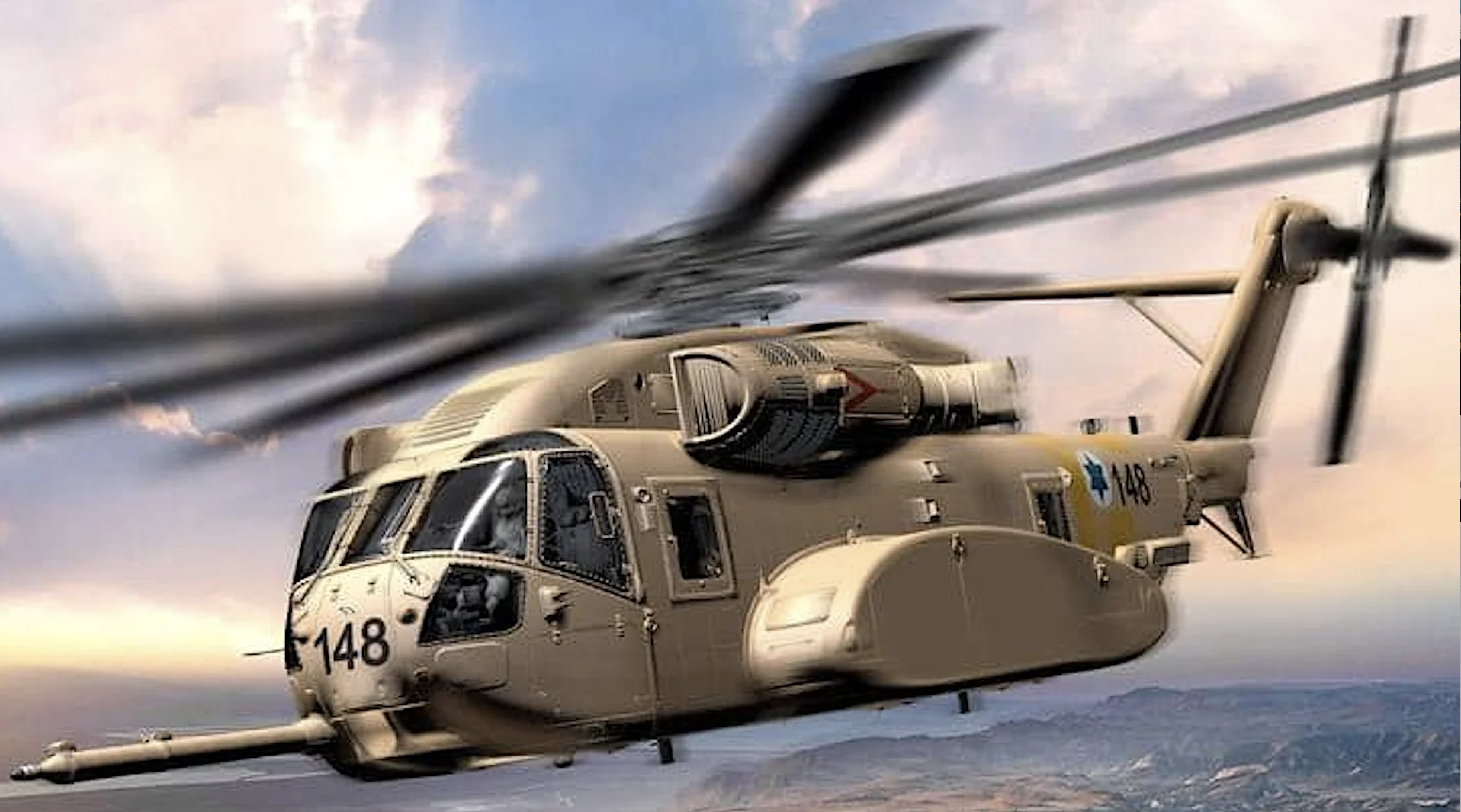By Robbin Laird
Recently, the IDF selected the CH-53K to replace its legacy CH-53s.
In my last article on this subject, I highlighted one key factor in the decision, namely, the importance of having a new aircraft which reduced pilot training and operational load for reserve pilots.
As I concluded: “If you rely on reserves as a key part of force structure capabilities and rely on mobilization as part of your force augmentation strategy, it is crucial to have platforms which can be re-learned rapidly prior to operating them in an operational situation.
“Even more important, if you have a man-machine capability such as fly by wire, then the capabilities of those pilots who do not regularly operate the aircraft, their own safety, reliability and performance standards go up. And with regard to a heavy lift helicopter, many lives are at stake.”
Another important factor when the IDF looks at its strategic environment today is to build for strategic uncertainty.
The recent Abraham accords have reshaped the Israel strategic environment; but how will that environment evolve and what is next?
In other words, Israel faces a very uncertain strategic environment; what is today’s threat might be part of tomorrow’s solution to yet a very different threat environment.
That is why when looking at an air platform, growthability, and flexibility are key considerations.
What the CH-53K as a software upgradeable platform with new baseline for a heavy lift platform provides is a new baseline from which to shape capabilities for an uncertain strategic future.
Put bluntly, defining operational requirements for a replacement platform based on the past thirty years of experience or the current threat environment is simply inadequate.
What is necessary is to introduce a platform which works seamlessly with today’s IDF, fits into the current concept of operations, but can change over time to anchor changes in those concepts of operations and to deliver capability for tomorrow’s strategic environment.
And the CH-53K is a very different type of heavy lift helicopter, one built with a new baseline for upgradeability.
For example, as I wrote with regard to the CH-53K and its digital cockpit:
The CH-53K is shaping a new paradigm for heavy lift but it is doing so in the context of a new paradigm of warfare as well, or in the context, of a shift from the land wars to full spectrum crisis management.
Crisis management is evolving significantly.
And the Marines as the US’s premier crisis management force is evolving along with the changing demand set.
The Marines are reshaping their force structure to enable it to operate as an effective modular force with scalable force capabilities, which can be tailored to a particular crisis.
The CH-53K is a key part of this modular force.
The aircraft brings new capabilities to the force which are in no way the same as the CH-53E.
One of those capabilities is the new cockpit in the aircraft and how digital interoperability and integration with the evolution of the MAGTF more broadly is facilitated by the operation of a 21st century cockpit.
The cockpits are very different and fit in with a general trend for 21stcentury aircraft of having digital cockpits with combat flexibility management built in.
Because the flight crew is operating a digital aircraft, many of the functions which have to be done manually in the E, are done by the aircraft itself.
This allows the cockpit crew to focus on combat management and force insertion tasks.
And the systems within the cockpit allow for the crew to play this function.
This means that the K and its onboard Marines and cargo can be integrated into a digitally interoperable force.
This means as well that the K could provide a lead role for the insertion package, or provide for a variety of support roles beyond simply bringing Marines and cargo to the fight.
They are bringing information as well which can be distributed to the combat force in the area of interest.
This kind of re-baselining of a heavy lift helicopter was a key part of the Israel decision to buy the CH-53K and to prepare to introduce it into a dynamically changing IDF, one which the CH-53K can make a major contribution to in terms of the dynamics of change for the force as well.


